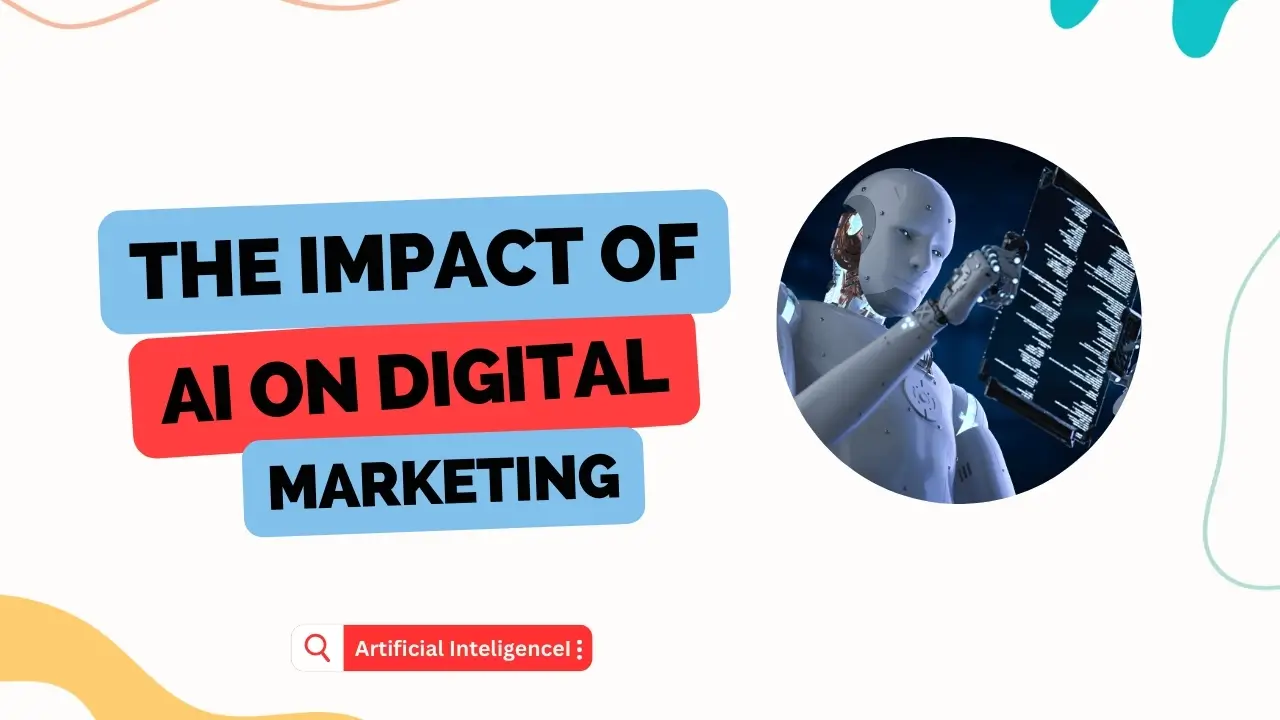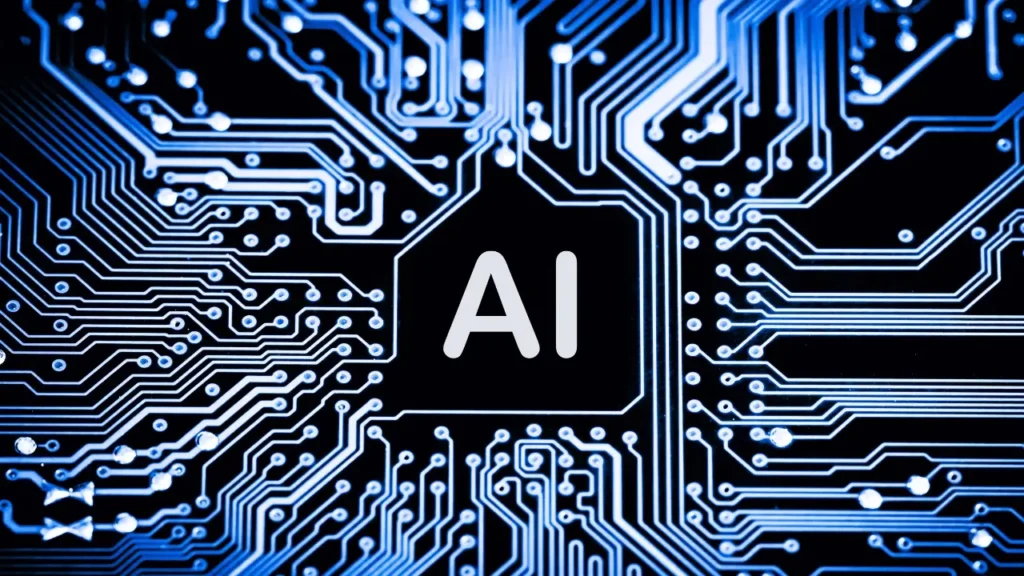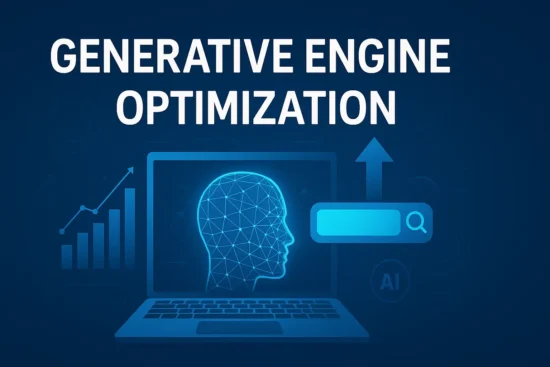
Artificial Intelligence, also known as AI, has developed greatly in many fields including education. Increasing use of tools powered by AI like machine learning and data analysis is changing the conventional way we think about education greatly. From custom-made learning experiences to making administrative work automatic – it’s not just a fad that AI impacts on teaching; it shapes how knowledge will be given and understood in the future.
In this blog, we look into the composite effect of AI on education. We discuss about possibilities it introduces, hardships it poses and what lies ahead for both teachers and students.
1. What is AI in Education?
Before we go into the depth of its effect, it is necessary to understand what AI in education means. AI stands for machine’s imitation of human intelligence – mainly computer systems represent this. When it comes to education, this implies creating and using system which can execute tasks that usually need human intellect like reasoning, learning, solving problems and making decisions.
Educational tools that are powered by AI have the ability to mould according to how students learn, foresee results of performance and provide instant feedback. They bring about changes in the ways teachers impart knowledge as well as makes a difference in learning ways for students.

2. Personalized Learning Through AI
A main influence that AI has on education is by means of customized learning. Conventional classrooms frequently find it challenging to adapt to the unique pace and method of learning for every student.
How It Works:
AI systems analyze data from a student’s interactions with educational platforms. Based on this data, the system can:
- Recommend learning resources tailored to a student’s strengths and weaknesses.
- Adjust the difficulty level of tasks.
- Suggest areas that require more practice.
Example:
Platforms like Knewton and DreamBox use AI algorithms to customize the learning experience for each student, ensuring optimal comprehension and retention.
Benefits:
- Increased student engagement.
- Improved academic performance.
- Reduced pressure on educators to manage diverse learning styles.
3. Automation of Administrative Tasks
Teachers usually give a large part of their time for tasks like marking, arranging timetables and making reports. AI comes in handy to do these repetitive jobs automatically allowing instructors to concentrate more on teaching and guiding students
Common Uses:
- Automated grading of multiple-choice and even essay-type assessments.
- Smart scheduling and classroom management tools.
- AI chatbots to answer student queries.
Impact:
This not only improves efficiency but also reduces burnout among educators. Institutions benefit from streamlined operations and data-driven decision-making.
4. Intelligent Tutoring Systems (ITS)
Another notable use of artificial intelligence in the field of education is its role in creating Intelligent Tutoring Systems (ITS). These systems imitate the personalized teaching done by human tutors.

Features:
- Real-time feedback and hints.
- Adaptive lesson plans.
- Continuous performance tracking.
Outcome:
ITS helps students get extra support outside traditional classroom hours, especially in subjects they find challenging.
5. Enhancing Accessibility in Education
AI technologies play a critical role in making education more inclusive for students with disabilities. Tools powered by AI can:
- Convert speech to text and vice versa.
- Provide real-time subtitles and translation.
- Offer screen readers and voice-assisted interfaces.
Use Case:
Microsoft’s Immersive Reader enhances reading comprehension for students with dyslexia, visual impairments, and language barriers.
This proves that AI on education isn’t just about efficiency; it’s also about equity.
6. Real-Time Feedback for Educators
Teachers too can gain advantages from immediate understanding of their students’ learning models. AI has the ability to examine performance details and detect when a student is lagging behind or requires extra resources.
Benefits for Teachers:
- Better-informed lesson planning.
- Early identification of struggling students.
- Tailored feedback strategies.
This enables a proactive approach rather than a reactive one—intervening before academic performance declines significantly.
7. Gamification and Interactive Learning
AI makes the educational content better by adding elements of games, so that learning becomes more enjoyable and engaging. AI programs adjust how difficult a game is depending on how much progress the learner has made and their performance..
Tools & Platforms:
- Duolingo: Uses AI to personalize language learning.
- Quizlet: AI-powered study modes for better retention.
This gamified, interactive approach improves motivation and helps students retain information longer.
8. Data-Driven Insights and Predictive Analytics
AI collects vast amounts of data and analyzes it to derive actionable insights. Educational institutions use predictive analytics to:
- Forecast student performance.
- Identify at-risk students.
- Optimize curriculum development.
With AI impact on education becoming increasingly measurable, schools can make informed policy decisions and improve overall academic outcomes.
9. Lifelong Learning and Microlearning with AI
As the job market evolves, there’s an increasing demand for lifelong learning. AI supports microlearning by curating bite-sized educational content based on a learner’s preferences and goals.
Examples:
- AI-curated online courses.
- Smart recommendation engines for upskilling.
- Career-focused learning paths.
This flexibility ensures that learners of all ages can stay relevant and competitive in their fields.
10. Challenges and Ethical Considerations
Even though AI has plenty of advantages in education, it is not free from problems. Issues related to data privacy, bias in algorithms and the risk of depending too much on technology for everything raise ethical concerns which must be handled.
Key Concerns:
- Who owns the student data?
- How do we ensure AI systems are unbiased and fair?
- Will AI replace teachers in the future?
Solutions:
- Transparent data policies.
- Regular algorithm audits.
- Human-AI collaboration rather than replacement.
Educational institutions must strike a balance between innovation and responsibility.
11. Will AI Replace Teachers?
A usual worry is that AI could render teachers unnecessary. Even though AI has the ability to perform numerous tasks automatically, it does not possess the emotional wisdom, originality and ethical decision-making which human educators provide.
AI should not be used to substitute teachers, but it must be recognized as a device that supports and improves their abilities.
12. The Future of AI in Education
The future of AI on education looks promising. As AI systems become more sophisticated, we can expect:
- Enhanced VR/AR experiences in classrooms.
- Emotion AI to detect student engagement.
- Global education access through multilingual AI tutors.
As we continue to embrace AI, education will become more personalized, efficient, and inclusive than ever before.
Conclusion
No one can refute the effect of AI on education. Its influence goes from making administrative jobs simpler to customizing learning experiences, and it is recasting our methods of teaching and studying. Even though there are still difficulties, the benefits greatly surpass any disadvantages present.
For schools and teachers adjusting to this new time, it’s very important to remember the human aspect in teaching. AI is strong support, but true future of education will be shaped by working together between humans and machines.




Leave a Reply